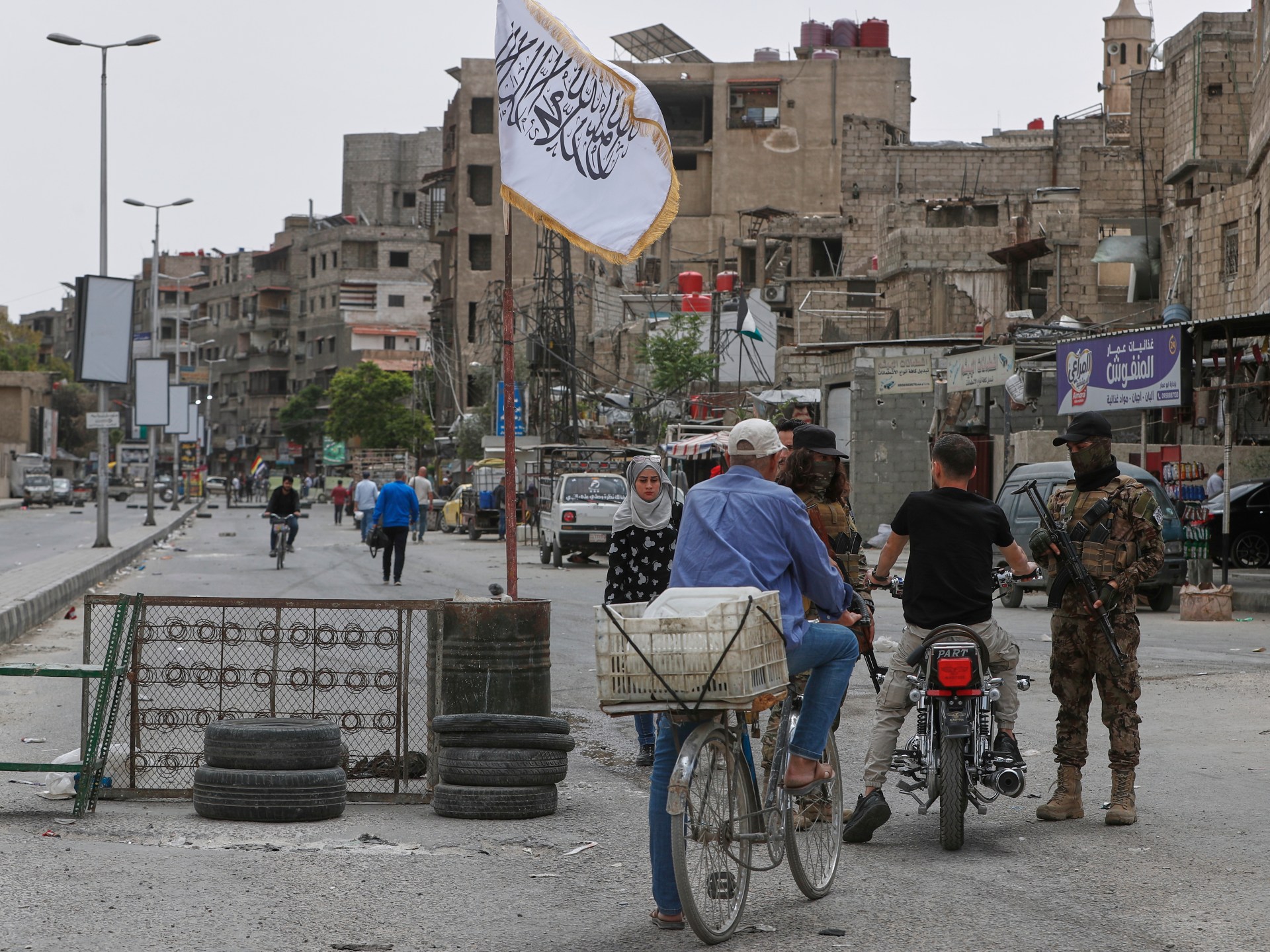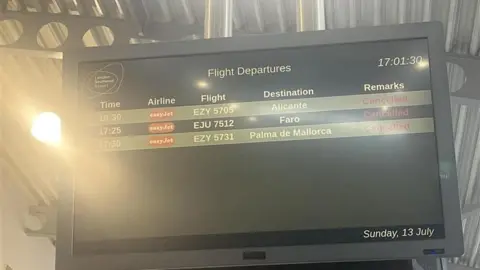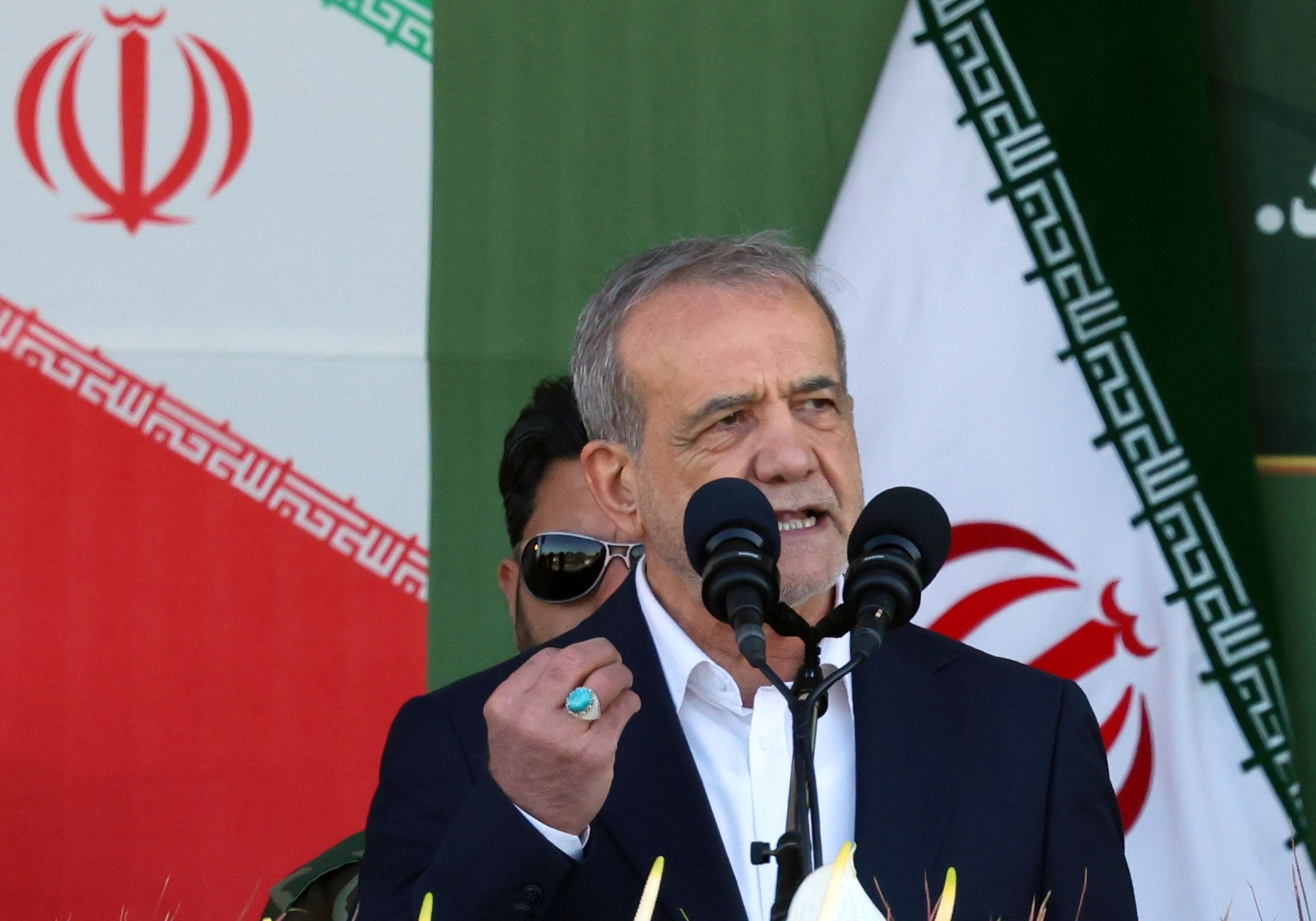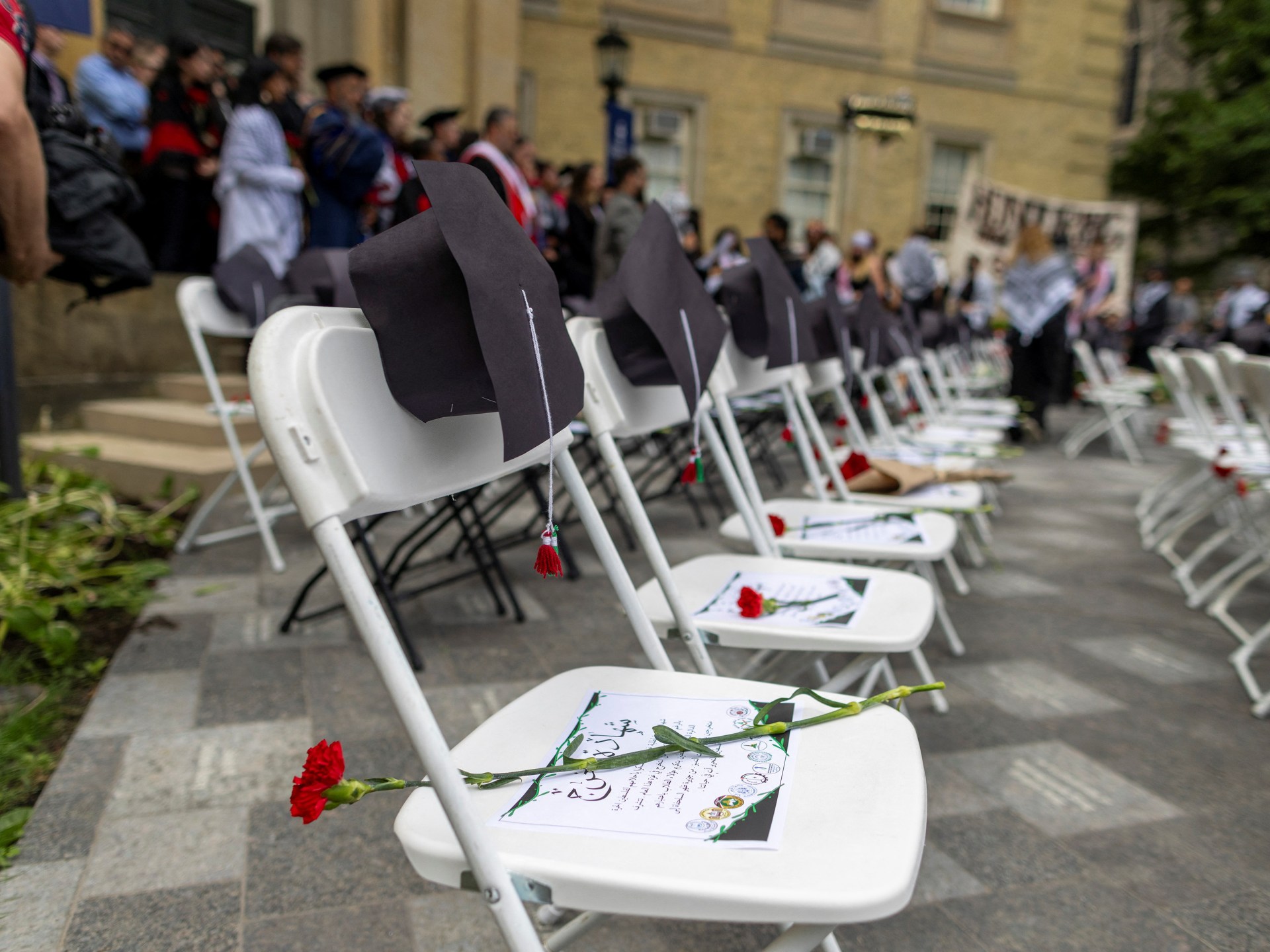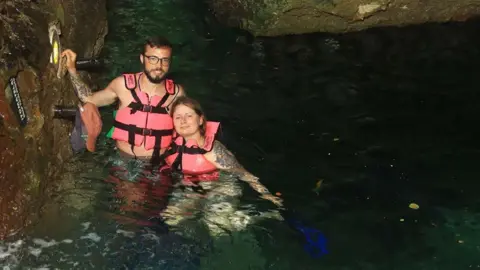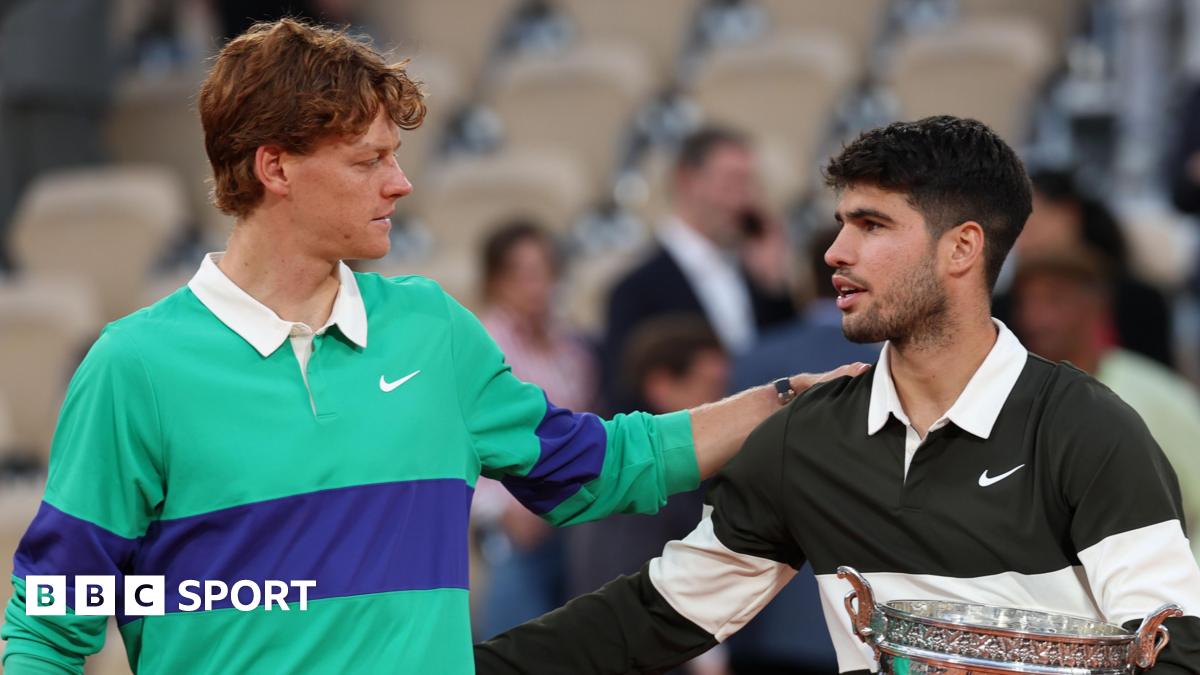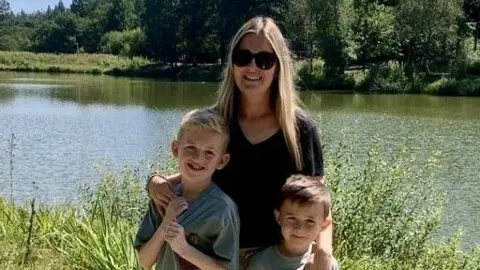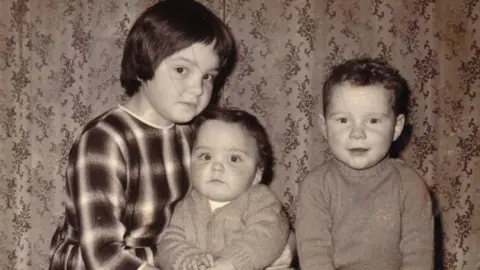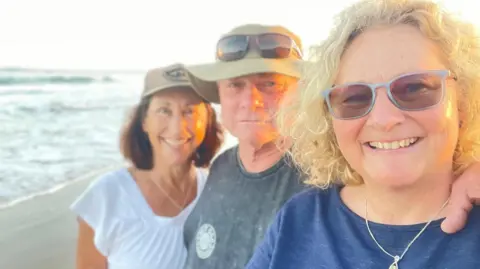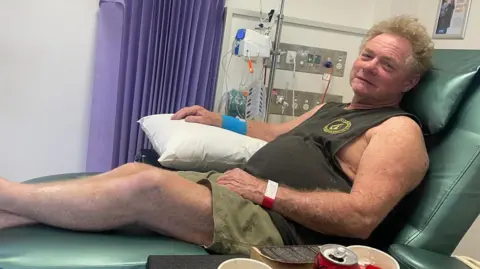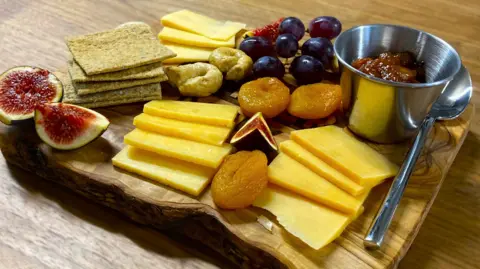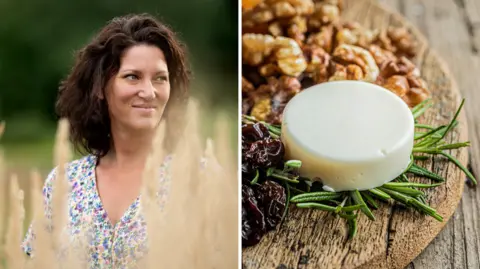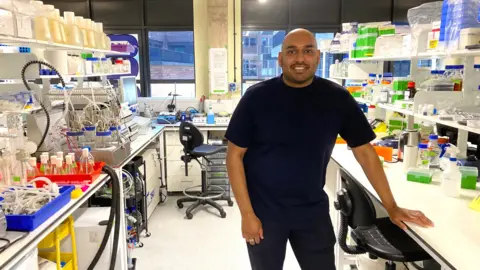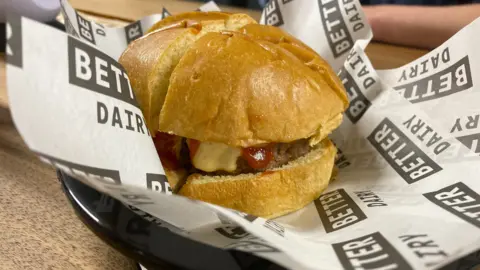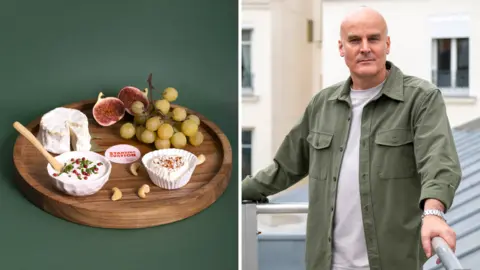“Universities worldwide, under the guise of research neutrality, continue to profit from an [Israeli] economy now operating in genocidal mode. Indeed, they are structurally dependent on settler-colonial collaborations and funding.”
This is what United Nations Special Rapporteur Francesca Albanese wrote in her latest report “From economy of occupation to economy of genocide”, which documents the financial tentacles of Israel’s ongoing genocide in Gaza and beyond. Its release prompted the United States’ governing regime to issue sanctions against Albanese in a move the Italian legal scholar rightly described as “obscene” and “mafia intimidation tactics”.
The report reveals how universities not only invest their endowments in corporations linked to Israel’s war machine, but also engage in directly or support research initiatives that contribute to it. It is not only a damning indictment of the complicity of academia in genocide, but also a warning to university administrations and academics that they hold legal responsibility.
In Israel, Albanese observes, traditional humanities disciplines such as law, archaeology, and Middle Eastern studies essentially launder the history of the Nakba, reframing it through colonial narratives that erase Palestinian histories and legitimise an apartheid state that has transitioned into what she describes as a “genocidal machine”. Likewise, STEM disciplines engage in open collaborations with military industrial corporations, such as Elbit Systems, Israel Aerospace Industries, IBM, and Lockheed Martin, to facilitate their research and development.
In the United States, Albanese writes, research is funded by the Israeli Defence Ministry and conducted by the Massachusetts Institute of Technology with various military applications, including drone swarm control.
In the United Kingdom, she highlights, the University of Edinburgh has 2.5 percent of its endowment invested in companies that participate in the Israeli military industrial complex. It also has partnerships with Ben-Gurion University and with companies supporting Israeli military operations.
While Canadian institutions do not appear in Albanese’s report, they very easily could and, indeed, we argue, should.
Canada’s flagship school, the University of Toronto (UofT), where one of us teaches and another is an alumnus, is a particularly salient example.
Over the past 12 years, the UofT’s entanglements with Israeli institutions have snowballed, stretching across fields from the humanities to cybersecurity. They also involve Zionist donors (both individuals and groups), many of whom have ties with complicit corporations and Israeli institutions, and have actively interfered with university hiring practices to an extent that has drawn censure from the Canadian Association of University Teachers.
This phenomenon must be understood in the context of the defunding of public higher education, which forces universities to seek private sources of funding and opens up universities to donor interference.
After calls for cutting such ties intensified amid the genocide, the UofT doubled down on them over the past year, advertising artificial intelligence-related partnerships with Technion University in Haifa, joint calls for proposals with various Israeli universities, and student exchange programmes in Israel.
The UofT also continues to fundraise for its “Archaeology of Israel Trust”, which was set up to make a “significant contribution to the archaeology of Israel” – a discipline that has historically focused on legitimising the Israeli dispossession of the Palestinian people. It also inaugurated a new lab for the study of global anti-Semitism, which is funded by the University of Toronto-Hebrew University of Jerusalem Research & Innovation Alliance.
In addition to institutional partnerships, UofT’s Asset Management Corporation (UTAM), which manages the university’s endowment, has direct connections with many companies that are, as per Albanese’s report, complicit in the genocide in Palestine, including Airbnb, Alphabet Inc, Booking Holdings, Caterpillar, Elbit Systems, Leonardo, Lockheed Martin, and Palantir Technologies.
A 2024 report found that 55 of these companies operate “in the military-affiliated defence, arms, and aerospace sectors” and at least 12 of UTAM’s 44 contracted investment managers have made investments totalling at least $3.95 billion Canadian dollars ($2.88bn) in 11 companies listed by the United Nations High Commissioner for Human Rights (OHCHR) as supporters of the construction and expansion of illegal settlements in the Palestinian territories.
Furthermore, 17 of UTAM’s 44 contracted investment managers are responsible for managing around $15.79 billion Canadian dollars ($11.53bn) in assets invested in 34 companies identified by The American Friends Service Committee as benefiting from the ongoing genocide in Gaza.
UofT is not unique among Canadian universities in this regard. According to a report on university divestment, Western University, too, promotes ongoing partnerships with Ben-Gurion University and invests more than $16m Canadian dollars ($11.6m) in military contractors and nearly $50 million Canadian dollars ($36.5) in companies directly complicit in the occupation of Palestine and the genocide of Palestinians. The list of complicit companies again includes Lockheed Martin, as well others listed by Albanese like Chevron, Booking Holdings, Airbnb, and Microsoft.
McGill University, another top Canadian university, has also invested in Lockheed Martin, as well as notable military industrial companies like Airbus, BAE Systems, Safran, and Thales, which have also been accused of providing weapons and components to Israel.
In the context of the ongoing genocide, students, staff, and faculty at such complicit universities – including at each of our respective institutions – have been demanding that their universities boycott and divest from Israel and companies profiting from its warfare.
They are not only explicitly in the right according to international law, but are actually articulating the basic legal responsibility and requirement borne by all corporate entities.
And yet, for raising this demand, they have been subjected to all manner of discipline and punishment.
What Albanese’s report lays bare is that university administrators – like other corporate executives – are subject to and, frankly, should fear censure under international law.
She writes, “Corporations must respect human rights even if a State where they operate does not, and they may be held accountable even if they have complied with the domestic laws where they operate. In other words, compliance with domestic laws does not preclude/is not a defence to responsibility or liability.”
This means that those administrating universities in Canada and around the world who have refused to divest and disentangle from Israel and instead have focused their attention on regulating students fighting for that end are themselves personally liable for their complicity in genocide, according to international law.
We could not possibly put it more powerfully or succinctly than Albanese herself does: “The corporate sector, including its executives, must be held to account, as a necessary step towards ending the genocide and disassembling the global system of racialized capitalism that underpins it.”
It is our collective responsibility to make sure that happens at universities as well.
The views expressed in this article are the author’s own and do not necessarily reflect Al Jazeera’s editorial stance.

